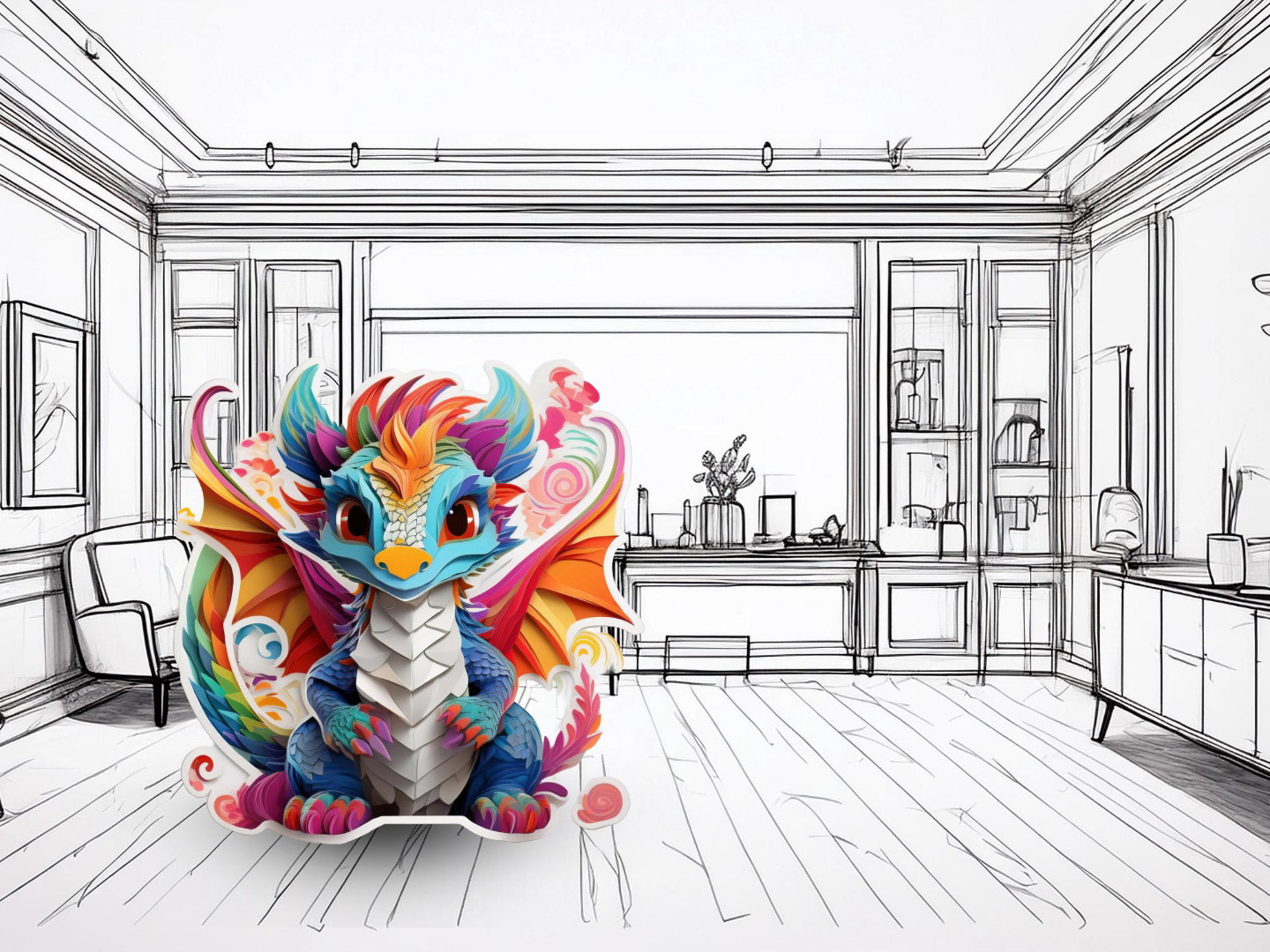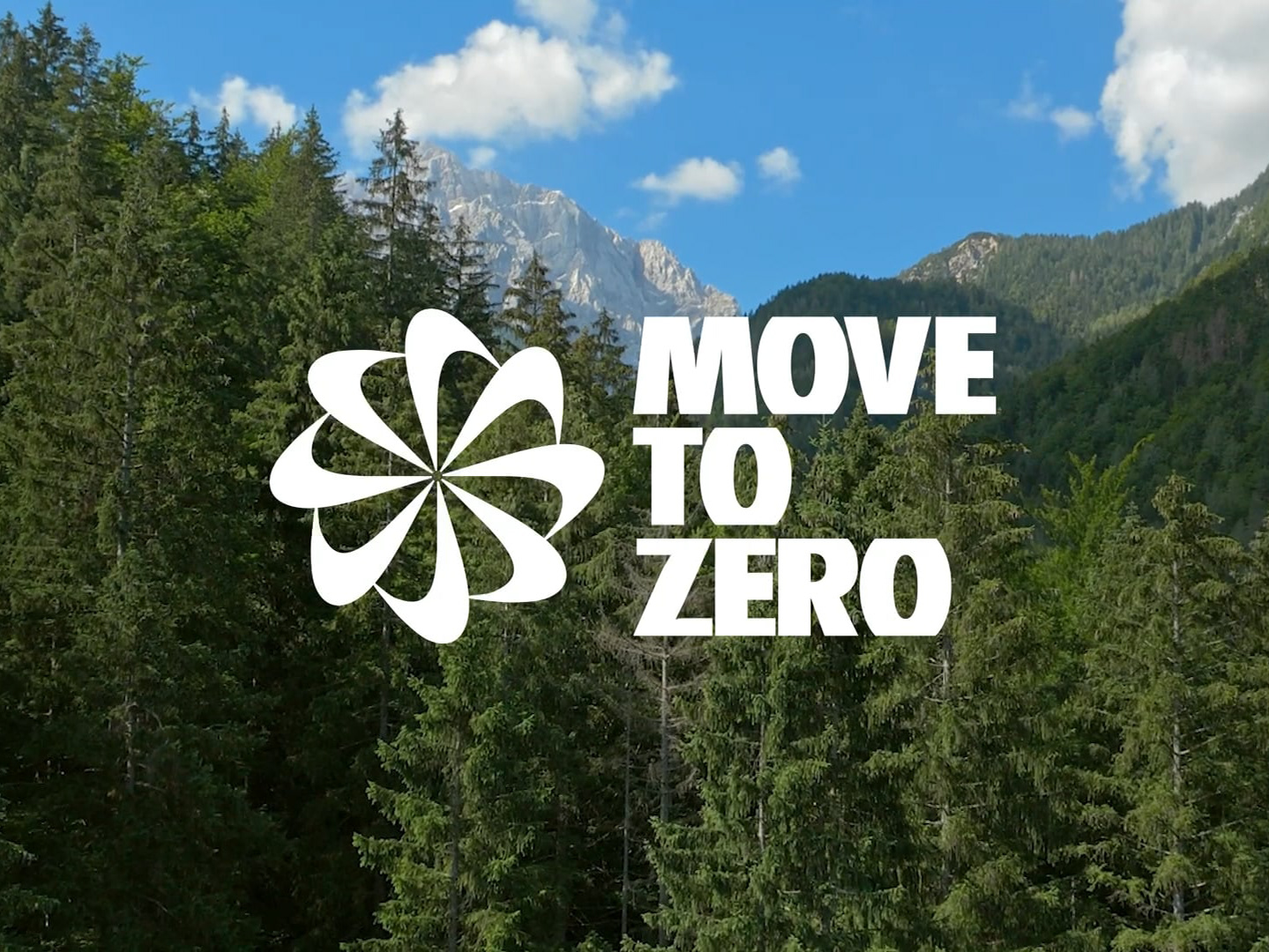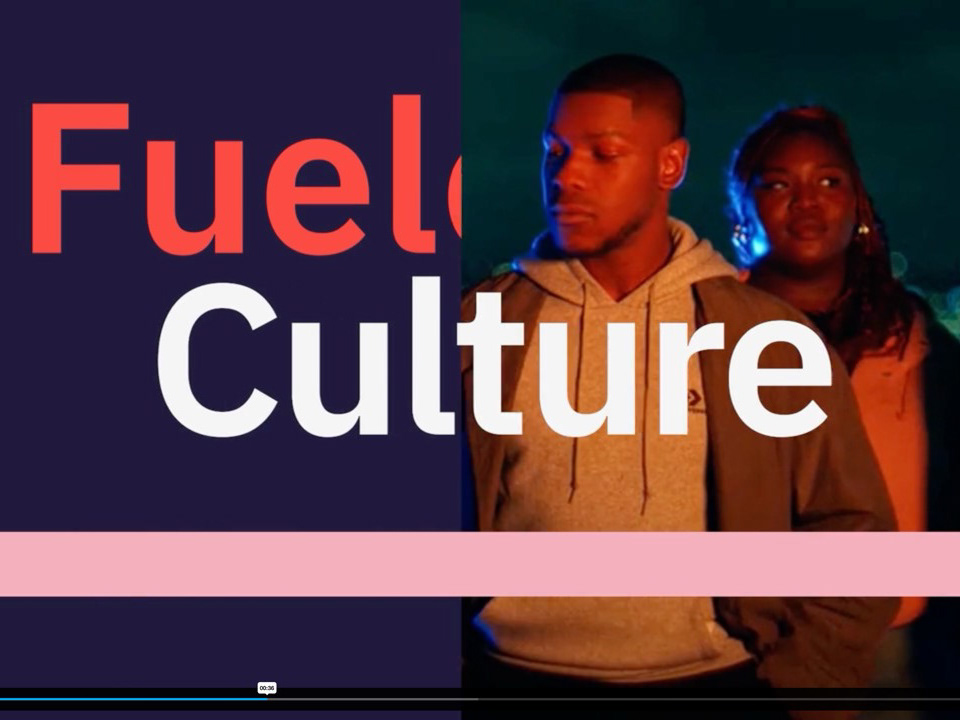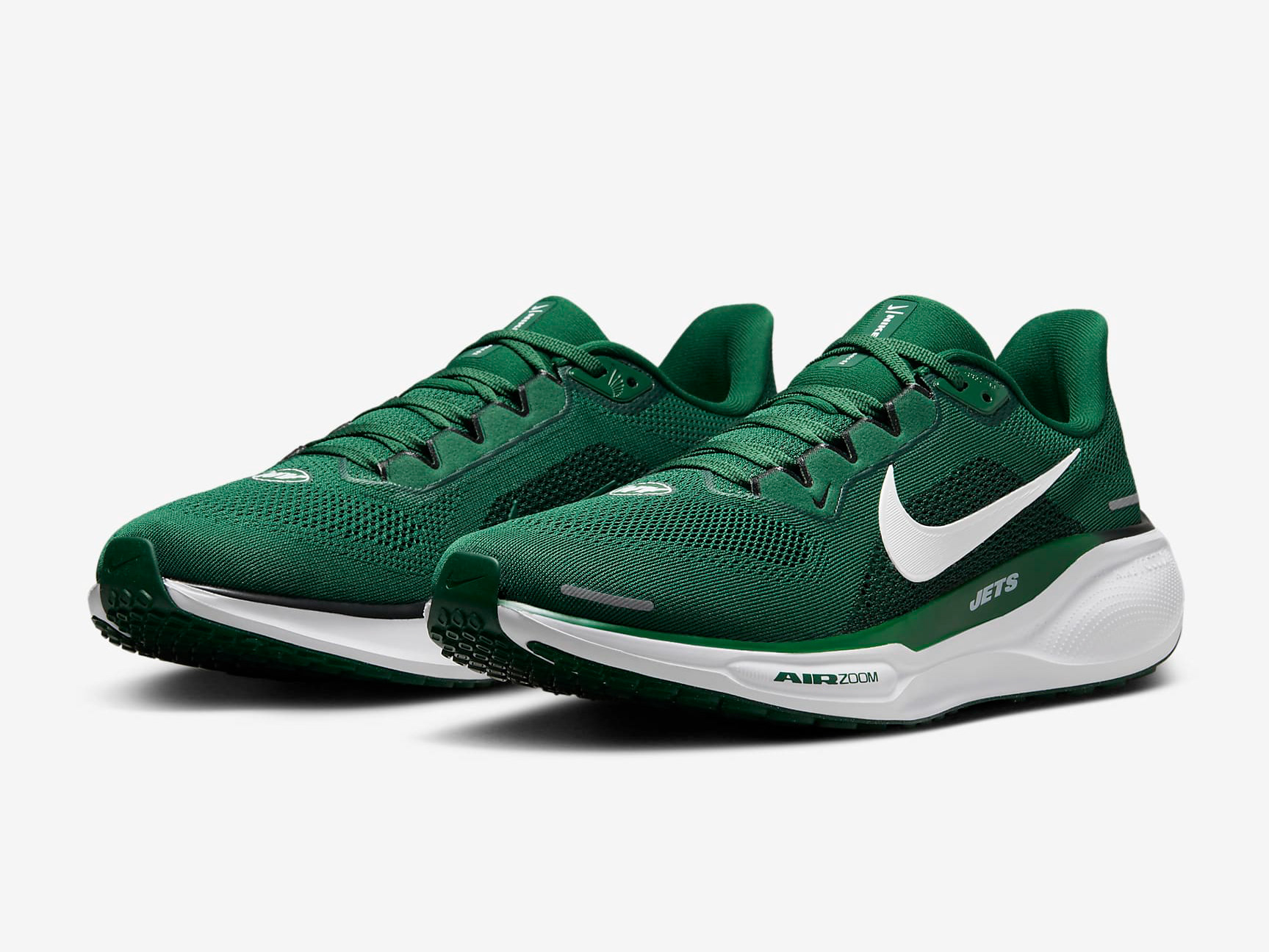club 5050
What I Built — and Then Deleted
I recently created — and then deleted (more on that later) — a membership club brand, complete with a website, social presence, and full ad campaign.
The concept was a member-driven sweepstakes club, modeled loosely after a 50/50. Half of each $20 membership fee went to the club, and half went to the prize pool.
Every 50 new members would automatically trigger a new $500 sweepstakes:
$10 × 50 members = $500 prize
That $500 number was intentional. Anything over $600 triggers IRS reporting (W-9s, 1099s, and all the admin that follows), and I wanted to stay on the right side of that line.
If you’re not familiar with sweepstakes laws in the U.S., they’re plentiful — and strict.
The most important rule is the AMOE — “Alternative Method of Entry.”
That’s the “No Purchase Necessary” clause that keeps a sweepstakes from being considered an illegal lottery. It means anyone must be able to enter for free, typically by mail.
There are other compliance boxes to check — random drawings, notification procedures, state-specific rules — but AMOE is the big one.
So I built with that in mind. I imagined a low-friction, transparent membership experience: the prize was meaningful, the system was simple, and members could refer others to help reach the next sweepstakes threshold.
A self-sustaining, community-driven loop.
“A membership loop where current members would refer new members to launch a new $500 sweepstakes.”
That line was also where I started to hesitate. It began to feel too close to something that could be misunderstood — or worse, misused.
And while I technically had every compliance box checked, something about it didn’t sit right.
The Psychology of Hesitation
The more I analyzed it, the more I recognized three major psychological friction points for the customer (that I realize now were aligning with my own hesitancies for the endeavor):
Legitimacy + Trust — The internet has trained people to doubt anything that looks like “win cash.” Fear of being duped is strong.
Value + “Worth It” — People understand transactional bets: pay $20, get a chance at instant reward. A membership that buys you future entries feels abstract unless they can visualize the ongoing benefit.
Control + Expectation — Risk-takers like odds they can calculate. Without clear probabilities, trust drops. You have to turn uncertainty into something that feels fair and measurable.
If reading those makes you pause, you’re in the same headspace I was.
I liked the idea. I liked that it was transparent, mathematically sound, and (on paper) sustainable.
I even went all in: secure transactions through Square, official rules, a PO box for AMOE mail-ins, FAQ pages, UGC-style videos, and a 90-day marketing rollout.
Everything was ready to go. I posted the first three reels — and then deleted the entire thing.
Because here’s what I realized:
Even if something is legal and well-built, it still has to feel right.
And I didn’t feel good about it.
The Real Win
Looking back, Club 5050 wasn’t a misstep — it was an incredibly productive AI-powered case study in modern brand building.
Through it, I learned how to merge psychology, automation, and creative intuition in a real-world environment.
Audience Psychology with ChatGPT — I built detailed psychological profiles of the target audience, uncovering their trust triggers, skepticism patterns, and emotional motivators.
Empathetic UGC Creation with Wondercraft + HeyGen — I produced realistic, human-like AI avatars and testimonial-style videos — not as gimmicks, but as empathetic storytelling tools to directly address customer hesitation and build early credibility.
Brand Systems with Veo3 + Adobe Express — I created cohesive video, static, and interactive assets that looked like an agency-level rollout, produced in a fraction of the time and cost.
Campaign Orchestration with Meta Business Suite — I structured and scheduled ad pacing, creative sequencing, and engagement testing to implement a full launch cycle.
Operational Workflows — I engineered back-end systems that made the operation ultra-efficient — allowing one person (me) to perform the work of a full team of freelancers. Everything from creative production to compliance tracking to content distribution ran through automated, scalable operational workflows.
It became, in essence, a one-person digital agency powered by AI, with brand, content, operations, and psychology integrated into one lean, repeatable system.
What I Took Away
In one week, I went from concept to full brand launch — and learned exactly where the limits of technology stop and human intuition begins.
Because tools can tell you how to build something,
but only you can decide why.
Deleting Club 5050 wasn’t failure. It was clarity.
I learned how to navigate complex regulations, design for trust, and use AI as a collaborator rather than a shortcut.
I proved I can take an idea from zero to execution — and have the awareness to walk away when it no longer aligns.
Sometimes, the real win isn’t in keeping what you built.
It’s in having the courage to shut it down — and move forward sharper, faster, and smarter.
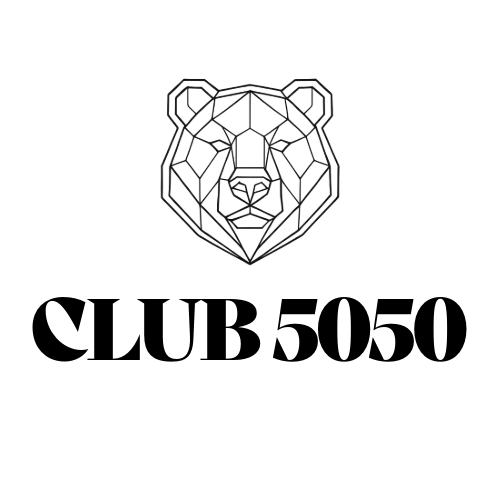
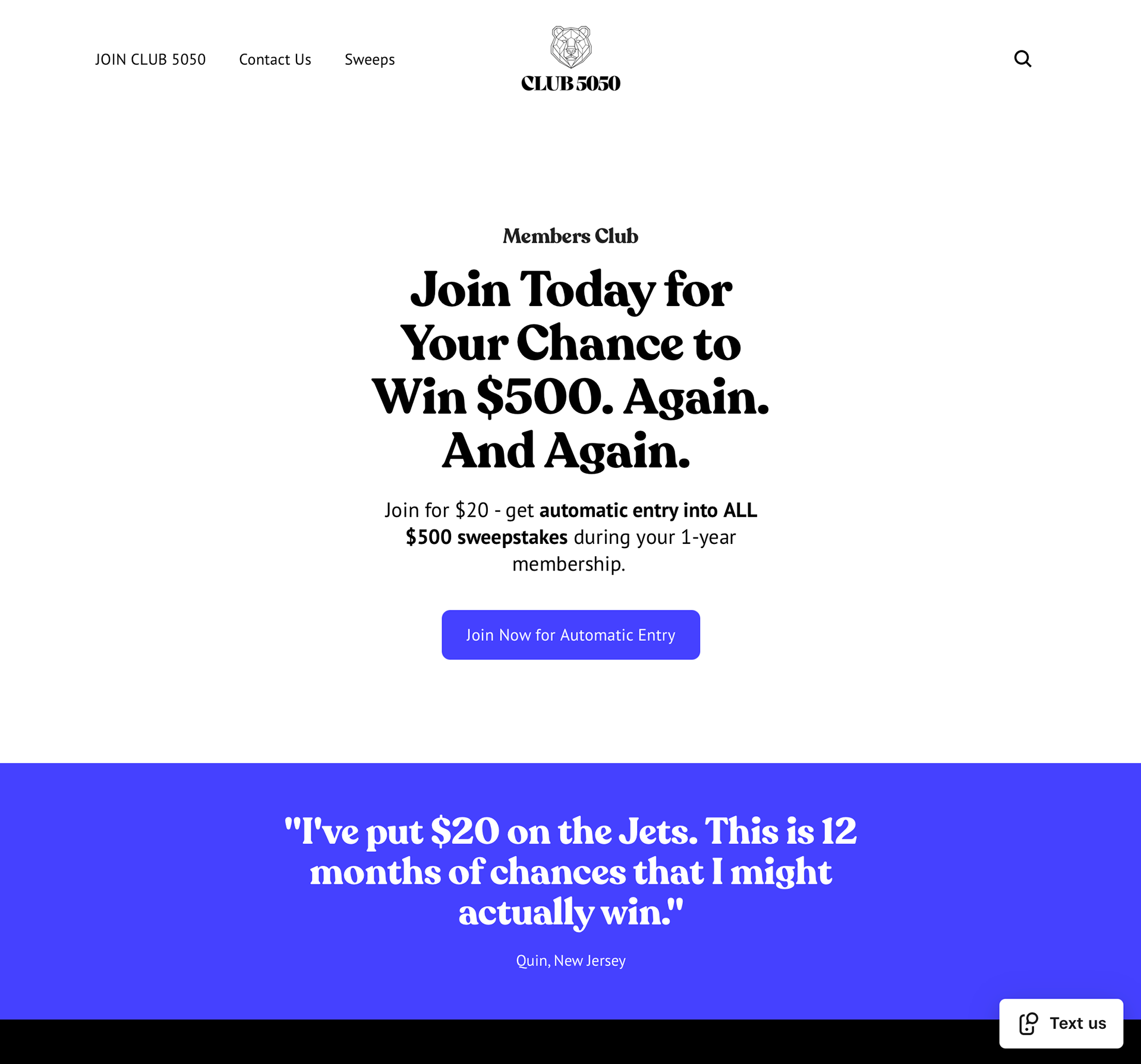

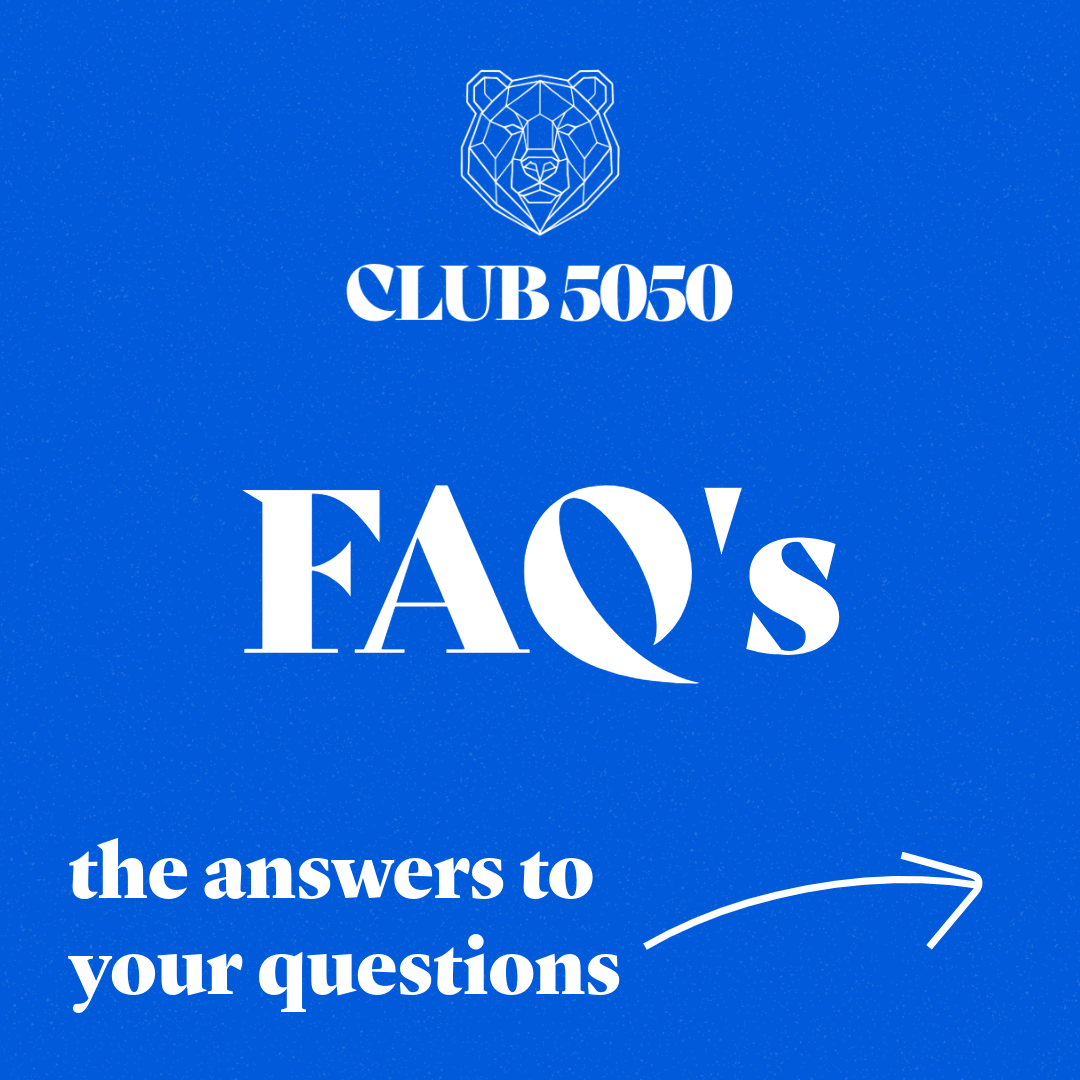
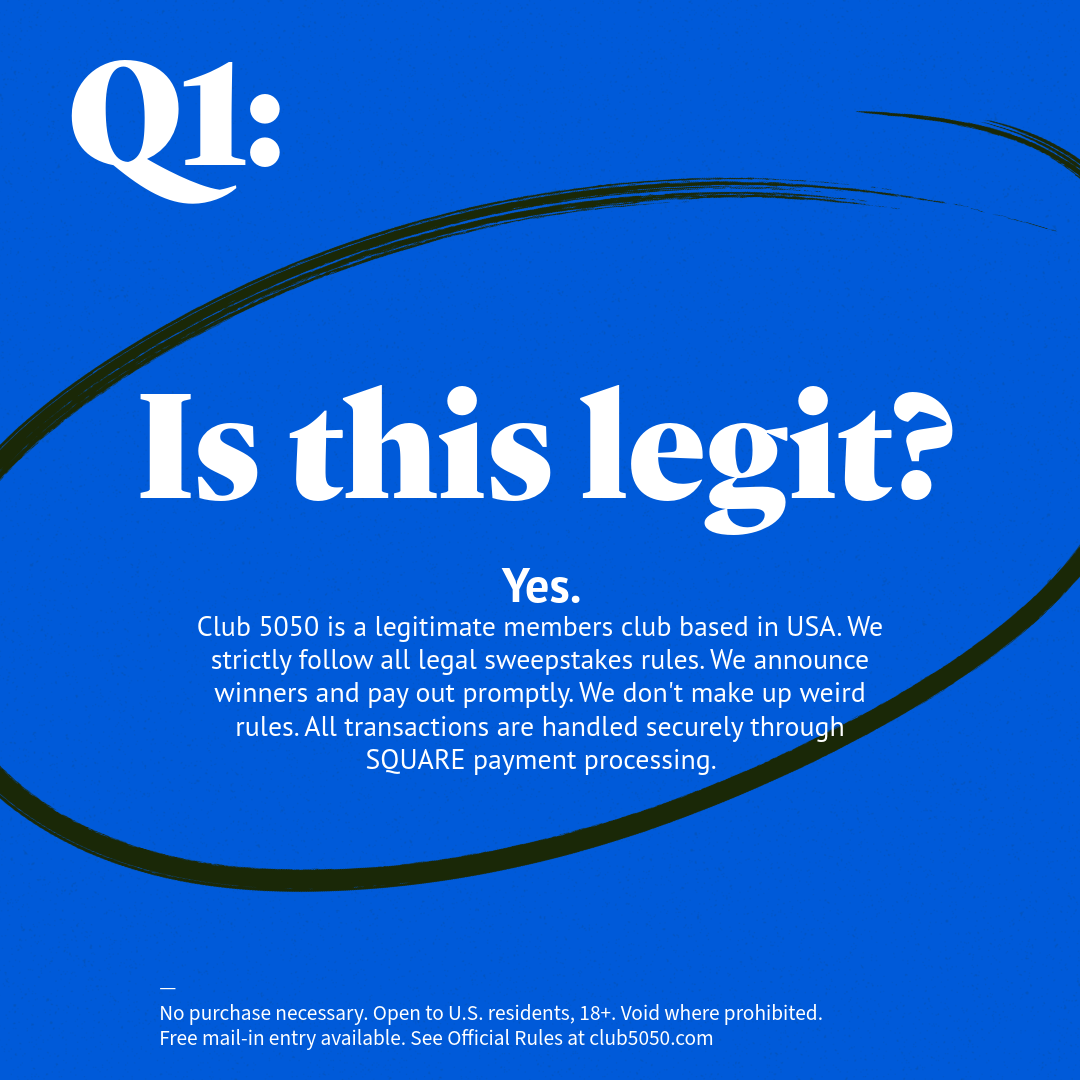
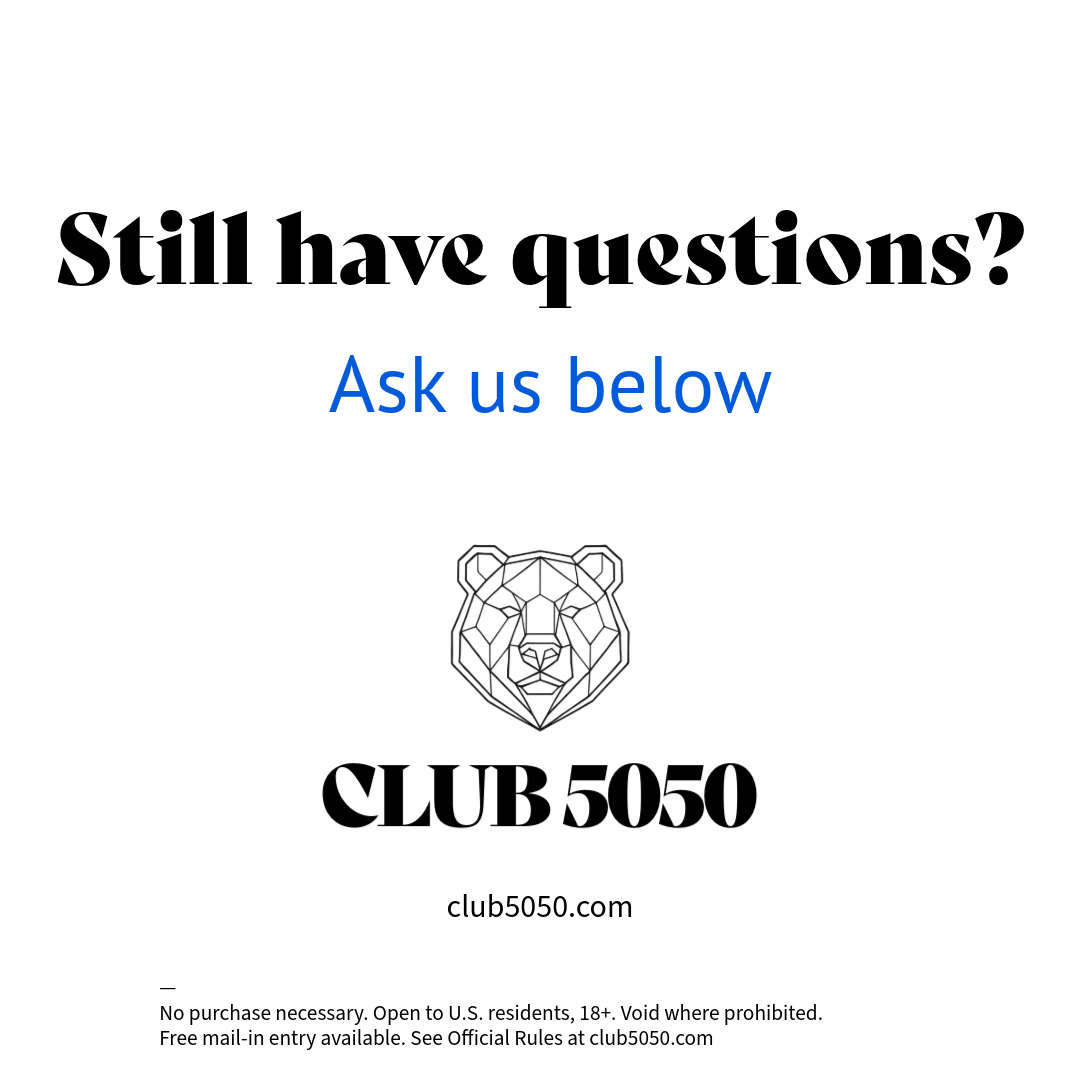
If you like these ideas and want to use them or collaborate, let me know here.
